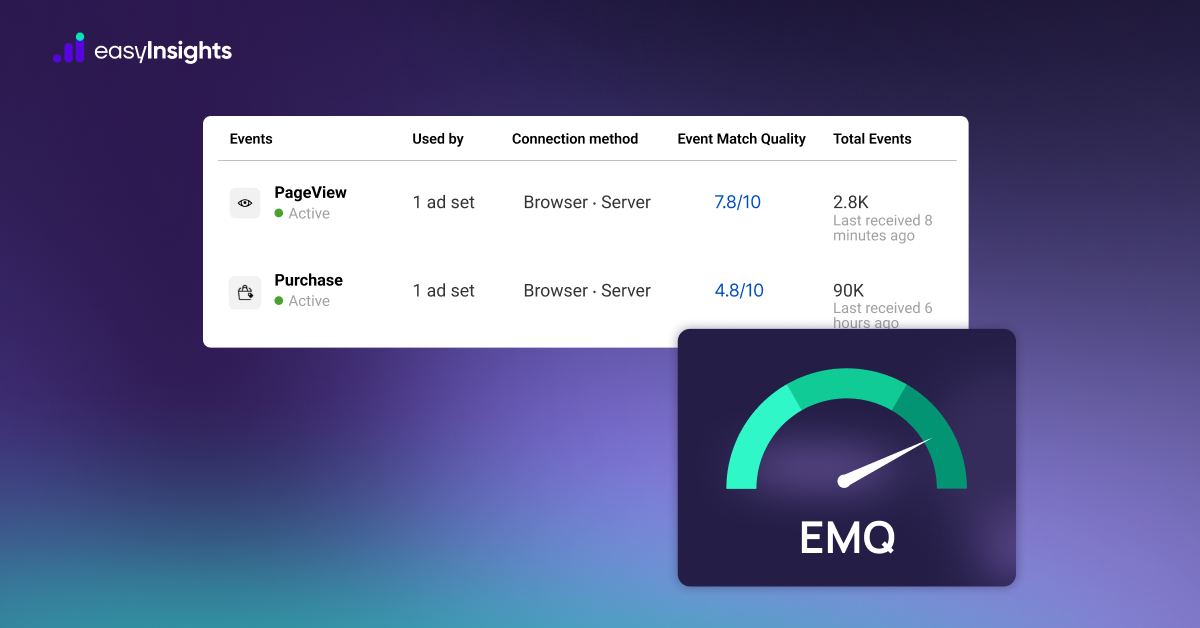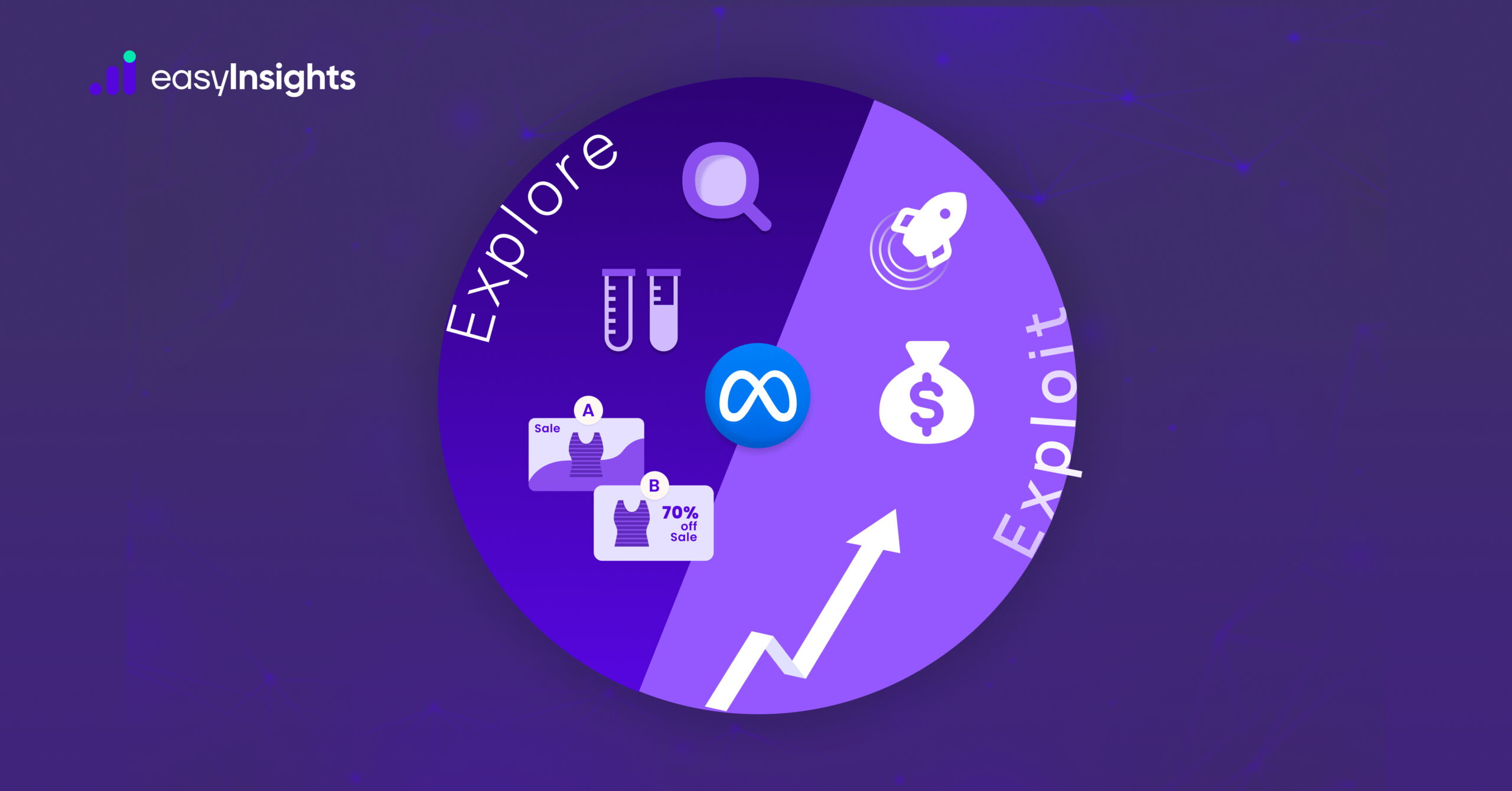
Just getting a new order on your eCommerce website does not equal a successful sale. The product needs to pass quality checks, be packaged correctly, shipped to the right address, and most importantly – the customer should accept and keep it.
But here’s the harsh truth: customers don’t get to inspect products in person before buying online. That’s why return rates for eCommerce are significantly higher compared to offline stores.

- India RTO Rate (apparel): 20–25%, peaking at 40% in some segments (bepragma.ai)
- Global Avg. Return Rate (2024): 16.9% (Shopify)
- Projected Return Rate (2025): ~24.5% (ReturnPrime, ClickPost)
- 92% of global shoppers return at least 30% of their purchases (DHL)
These numbers highlight why Return to Origin (RTO) is one of the most critical – and expensive – metrics to track. Before calculating revenue or ROI, businesses must account for RTO, as it can wipe out profits and increase operational costs drastically.
Click here to learn about the best tools in the market to reduce your RTOs.
Jump ahead to:
What is RTO?
RTO (Return to Origin) refers to orders that cannot be delivered or are rejected/returned by customers, and hence must be shipped back to the warehouse.
This creates multiple layers of cost:
- Forward shipping (warehouse to customer)
- Reverse shipping (customer back to warehouse)
- Quality checks, repackaging, and restocking
- Potential product damage in transit
- Locked working capital and blocked inventory
Even a modest 5–7% RTO rate can shave 30–40% off margins if left unchecked.

Why is RTO so important?
1. Calculating Accurate ROI
If your CRM or analytics tool shows ROI only based on “placed orders” without factoring in RTO, you’re looking at inflated numbers. This leads to wrong CAC (Customer Acquisition Cost) and CLTV (Customer Lifetime Value) projections.
By integrating RTO into ROI calculations, you measure the true Cost Per Successful Purchase (CPSP) – a much more reliable profitability metric.
👉 Read more about reducing CAC to improve LTV:CAC ratio.
2. Estimating Shipping Charges Realistically
Every returned order means you pay shipping 3 times:
- To send it to the customer
- To bring it back
- To send it to a new customer
Factoring in average RTO rates ensures you’re not underestimating logistics costs when pricing products.
3. Identifying Products and Regions Driving Returns
By segmenting RTO by SKU and geography, businesses can uncover patterns:
- Certain products consistently underperform due to quality, fit, or inaccurate listings
- Some pin codes or cities see disproportionately higher RTOs due to fraud or logistical issues
Armed with this data, you can work with logistics partners and optimize campaigns by excluding problematic regions.
Reducing RTO with First-Party Data
The game-changer in 2025? First-party data.
As privacy regulations tighten and third-party cookies phase out, eCommerce brands must rely on their own CRM, transaction, and logistics data. RTO events are a goldmine of insights when linked with marketing platforms.
With EasyInsights, you can:
- Feed RTO and cancellation data back into ad platforms like Meta and Google Ads
- Suppress high-RTO audiences automatically
- Build lookalikes on customers with low RTO and high retention, instead of just new buyers
- Optimize campaigns for CPSP (Cost Per Successful Purchase) rather than CPP (Cost Per Purchase)
👉 Learn how EasyInsights helps reduce RTO with first-party data.
Strategies to Reduce RTO
1. Improve Product Quality & Listings
- Fix top 10 products with highest RTO by analyzing reviews
- Add accurate images, videos, and sizing details
- Highlight product guarantees
2. Incentivize Prepaid Orders
- COD orders have up to 40% higher RTO rates compared to prepaid
- Offer cashback or discounts for prepaid transactions
- Charge a small COD convenience fee to discourage impulse buying
3. Identify High-Value Customers
- Use first-party RTO data to find low-return, loyal buyers
- Target them with exclusive offers and loyalty programs
- Exclude high-RTO customers from retargeting campaigns
👉 Check out our case study on how EasyInsights reduced RTO for catalog campaigns.
5-Step RTO Reduction Checklist (2025 Edition)
Here’s a quick-action playbook you can implement today:

Pro Tip: EasyInsights automates this by syncing RTO & cancellation data directly into your ad platforms, ensuring every campaign optimizes for real ROI.
Conclusion
RTO isn’t just a logistics issue – it’s a marketing and profitability challenge. By integrating RTO insights with your first-party data and feeding it back into ad platforms, you can:
- Eliminate wasted ad spend on high-return customers
- Improve campaign efficiency
- Boost ROI with lower CPSP
The bottom line: controlling RTO is no longer optional for eCommerce brands in 2025. It’s the difference between scaling profitably and burning cash.
👉 Explore more on RTO reduction and first-party data with EasyInsights.
Sign up for a demo today to see EasyInsights in action.








